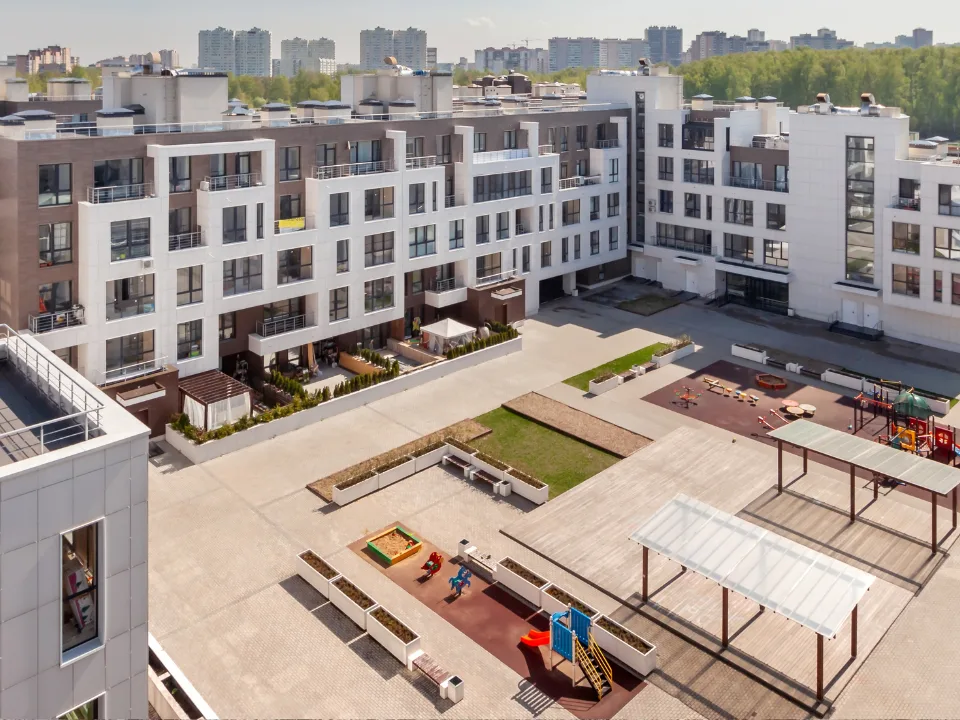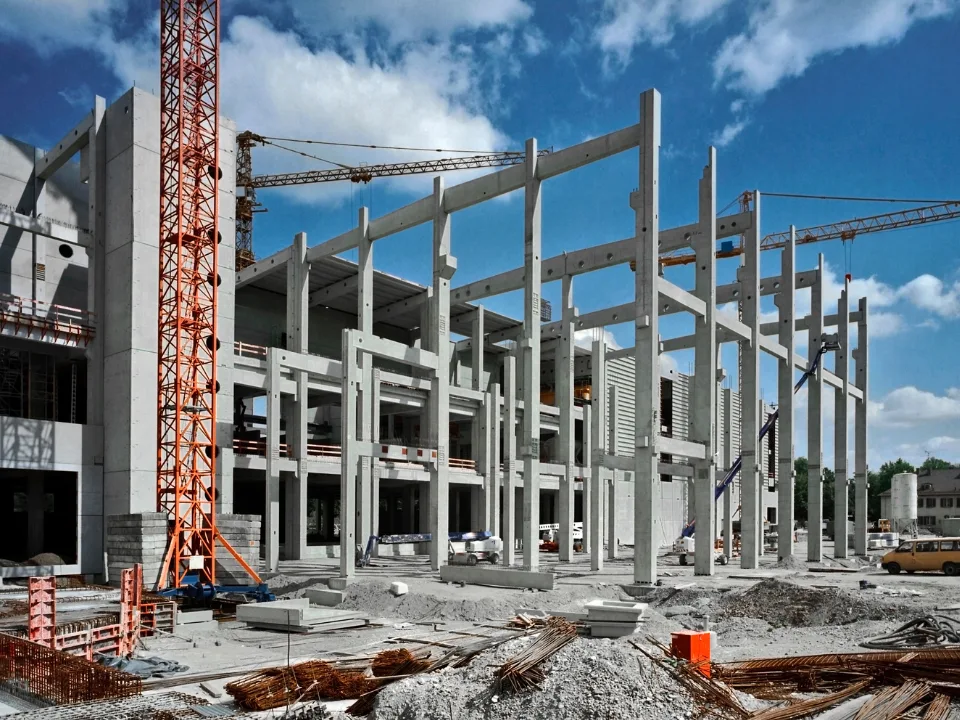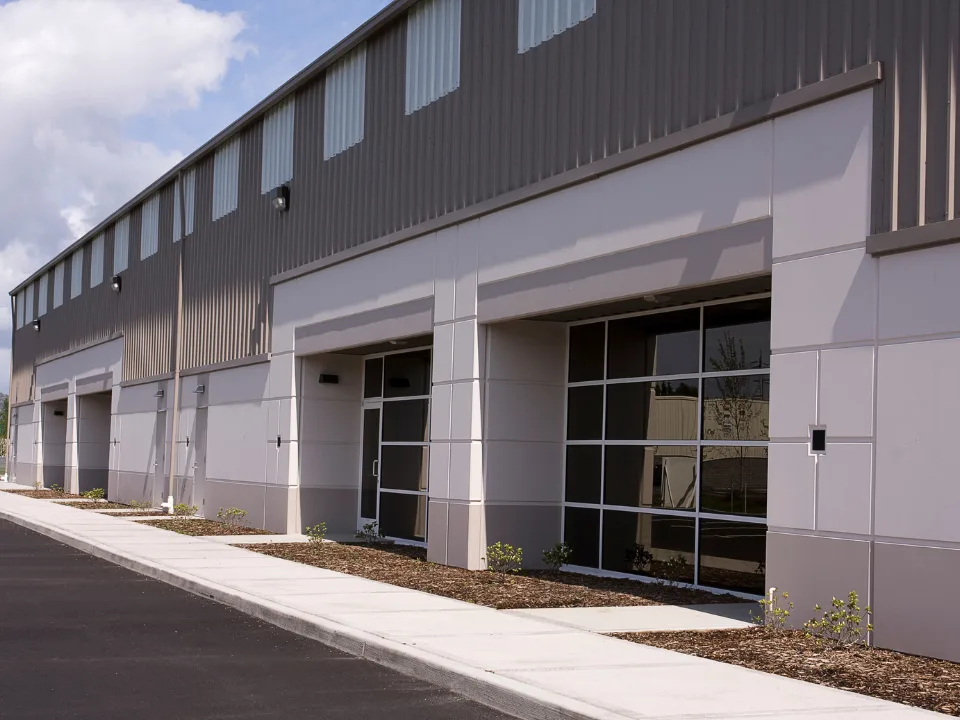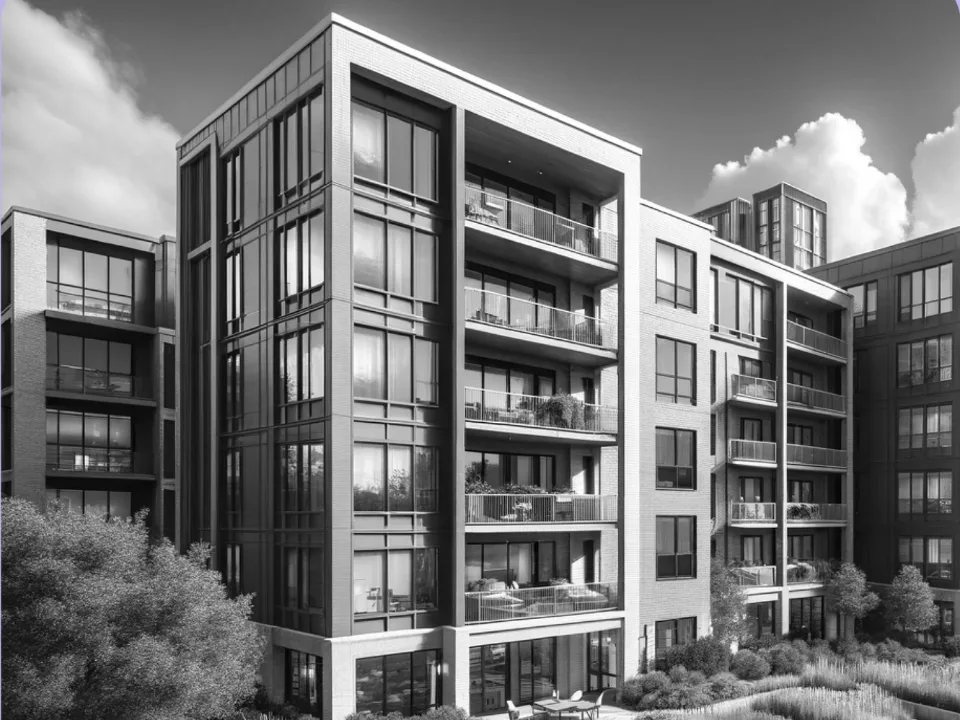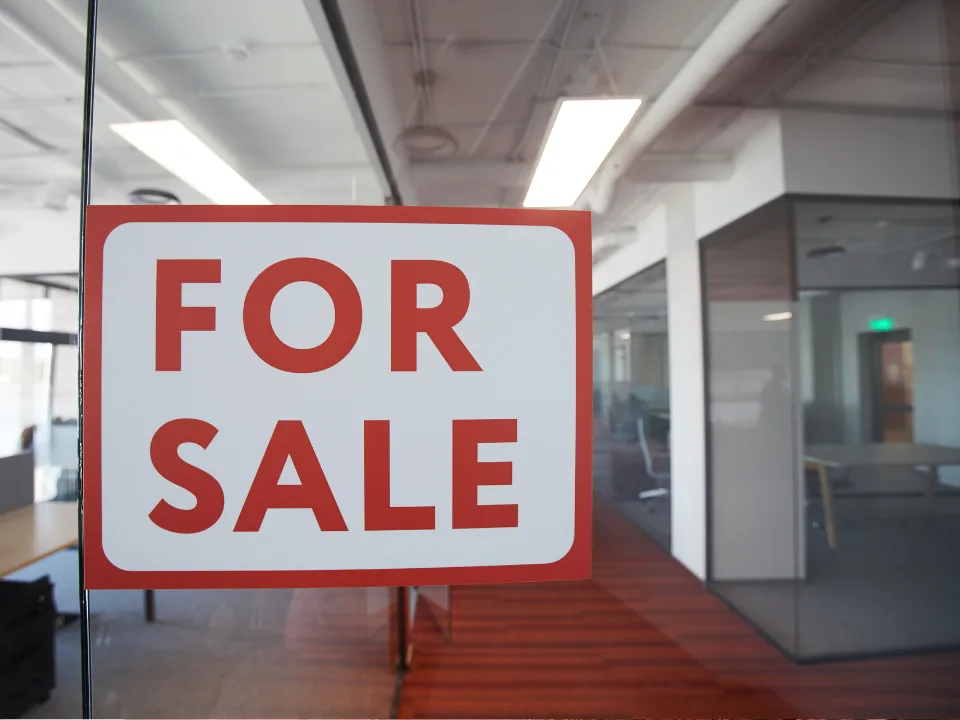- Multifamily property prices fell 1.5% from March to April and 12.1% year over year — the steepest annual drop since the 2008 financial crisis.
- May’s sales volume in the multifamily sector dropped 18% year over year to $8.2B, breaking an 11-month streak of double-digit growth.
- A supply glut, weak seasonal rent growth, and cautious buyer sentiment are weighing heavily on valuations and transaction activity.
Market Slide Deepens
According to GlobeSt, MSCI Real Assets data reveals a growing pattern of price depreciation in the multifamily sector. April’s 1.5% monthly drop in multifamily prices has now turned into a 12.1% annual loss — the largest since the 2008 recession. Analysts say this trend, once seen as a possible anomaly, is now beginning to resemble a prolonged correction.
Transaction Volume Tumbles
Multifamily sales volume fell 18% year over year in May, totaling $8.2B, according to MSCI. This decline ends an 11-month streak of double-digit growth. Garden-style apartment sales dropped 30%, while single-property deals fell 17%. Portfolio and entity-level sales also slipped by 23%. The lower totals reflect both fewer transactions and falling prices.
Get Smarter about what matters in CRE
Stay ahead of trends in commercial real estate with CRE Daily – the free newsletter delivering everything you need to start your day in just 5-minutes
Supply Outpaces Demand
The sector is feeling the impact of historically high multifamily completions in 2024, which have added significant new inventory to the market. Yardi Matrix now forecasts a continued rise in completions for 2025 and 2026, revising those estimates up by 3.3% and 11.5%, respectively. While new permitting and starts may have hit a construction cycle low, the flood of new units continues to weigh on market fundamentals.
The Bottom Line
Multifamily is navigating a convergence of challenges: price depreciation, suppressed rent growth, and a high volume of completions. The second derivative of multifamily prices change has fallen significantly since the 2022 market peak, resembling the early stages of the 2008 correction. Although some signs, like permitting data, suggest the bottom of the construction cycle may be near, investors will likely need several more months of data to determine where the market is truly headed.
